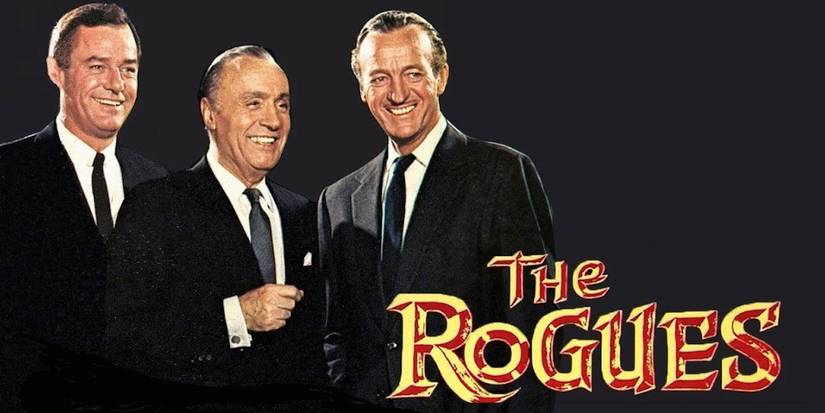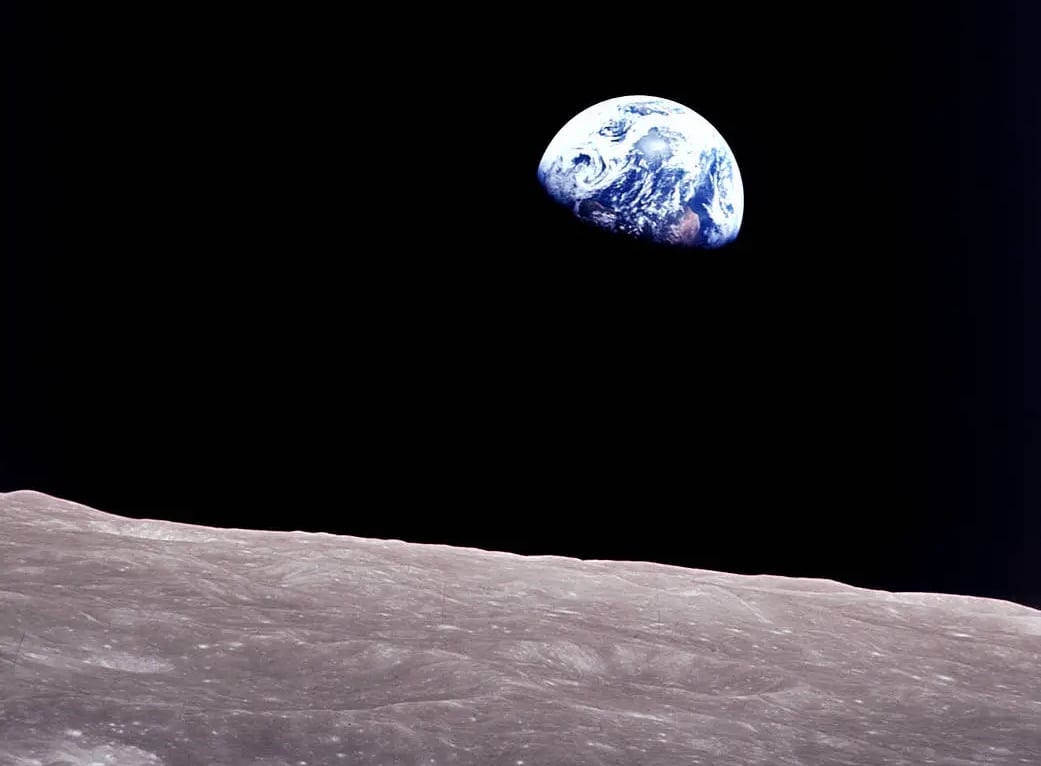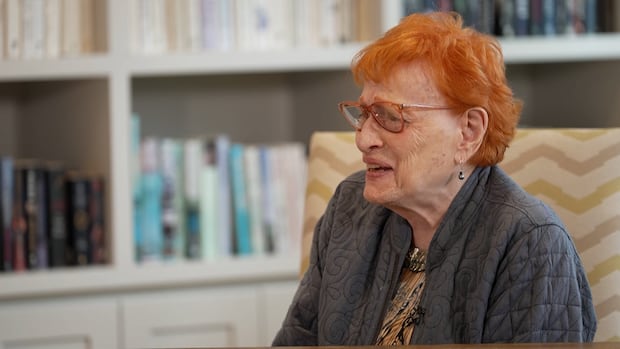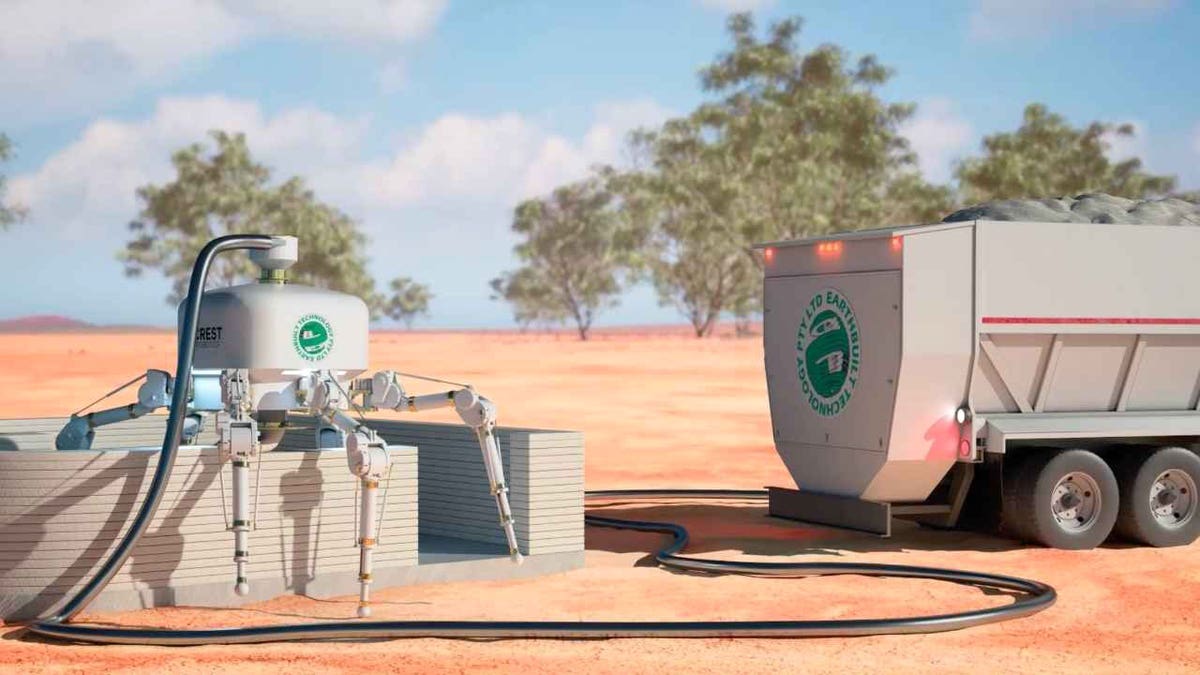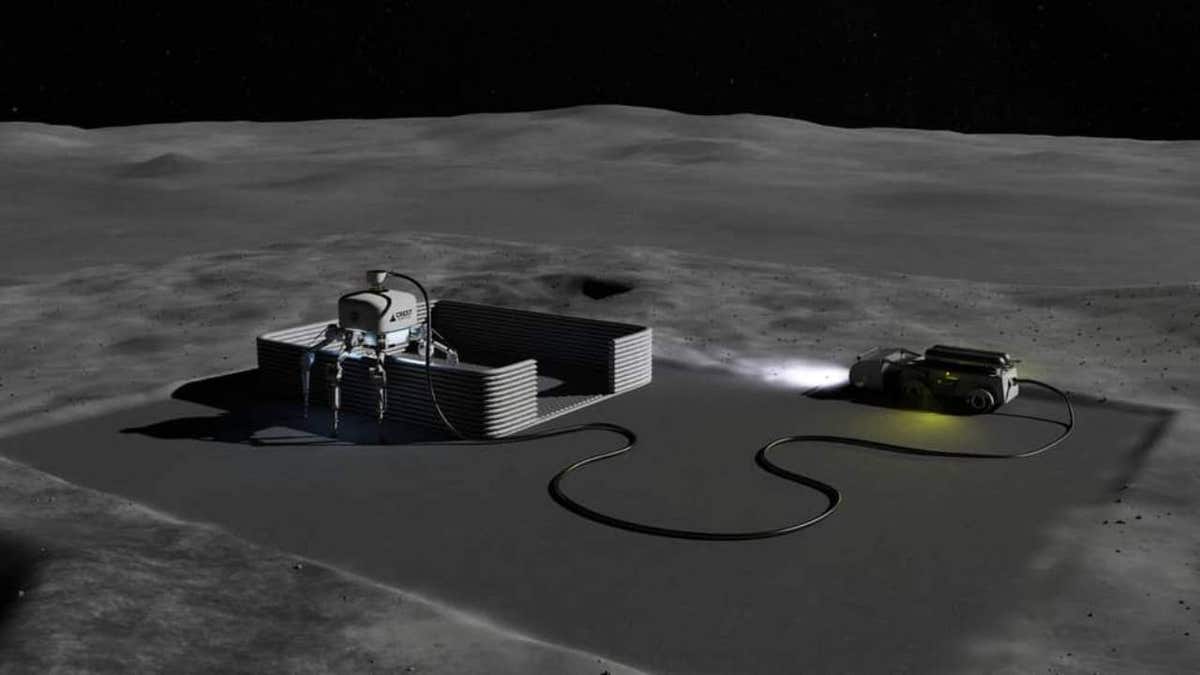While it may seem like a long-lost memory for devoted Swifties, the modern world will never forget the Swift-mania caused by the almighty Eras Tour.
With a total of 149 shows across five continents from its beginning in March 2023, to its end in December 2024, the three hour long epic show saw Taylor performing to sell out stadiums night after night.
Similarly Lady Gaga has just departed the UK capital after four sell out nights at London’s O2 arena for her spectacular Mayhem Ball Tour.
Meanwhile last summer saw both Sabrina Carpenter and Noah Kahan smash their headline slots at BST in Hyde Park and Ed Sheeran has released his highly-anticipated eighth studio album Play.
But these artists all had to start somewhere. There was a time when headlining their own show or hitting the top of the charts was but a dream.
Supporting upcoming talent is of the utmost importance in the music industry, but what happens when the supporting act goes on to surpass their headliner.
Would you believe that Rihanna actually started out supporting Gwen Stefani? Or that Sabrina once opened for The Vamps?
Some of the world’s now most famous headlining artists began on much smaller stages as the warm-up acts.
But which opening acts have gone on to dominate the music industry today, and become more successful than the artists they started out supporting?
Taylor Swift
Before the steps of Wembley Stadium were painted with her face, Miss Swift started out supporting American country music band Rascal Flatts in 2006.
From Nashville Tennessee the band recorded six studios albums which were certified platinum or higher but despite their success they have been completely trumped by Swift.
According to statistics from Ticket Source, the popstar ranks first among support acts turned superstars, boasting nine more top 10 albums, 57 more top 10 singles and 688% more Spotify listeners.
She also has nearly 3,000% more award nominations winning 14 Grammy Awards, including four Album Of The Year wins, the most by an artist.
Last week the singer released her twelfth record, The Life Of A Showgirl, after shocking fans with the surprise news of an album release back in August.
Taylor has also found happiness in her personal life after announcing her engagement to her fiancé Travis Kelce on Instagram.
Before the steps of Wembley Stadium were painted with her face, Miss Swift started out supporting American country music band Rascal Flatts in 2006 (Taylor pictured in 2024)
From Nashville Tennessee the band recorded six studios albums which were certified platinum or higher but despite their success they have been completely trumped by Swift (pictured in 2006)
Lady Gaga
The Mayham Ball has just left London after an incredible four sold out dates showcasing her array of hits from over the years.
However, Lady Gaga’s first supporting act was for New Kids on the Block back in 2008, when she was coincidentally the new kid on the block herself.
The American boy band from Massachusetts had success in the late 80s and early 90s, selling over 80 million records worldwide.
Yet the support of Gaga’s little monsters, as her fans are known, has taken the Poker Face star to dizzy levels of fame selling an estimated 124 million records and being ranked among the greatest artists in history by Billboard and Rolling Stone.
Her search interest before and after her support slot with the band has increased by 2408% while there is a 4248% difference in award nominations for the two artists.
Last year her track Die With A Smile with Bruno Mars was Spotify’s most-shared song while her new song The Dead Dance features in the Netflix series Wednesday.
Aside from singing, Lady Gaga has also carved out a successful acting career with starring roles in A Star Is Born, House Of Gucci and Joker: Folie a Deux.
Her hit song Shallow from A Star Is Born also won an Oscar for Best Original Song in 2019.
Lady Gaga’s first supporting act was for New Kids on the Block back in 2008, when she was coincidentally the new kid on the block herself (pictured performing in London last month)
The American boy band from Massachusetts had success in the late 80s and early 90s, selling over 80 million records worldwide (pictured 2008)
Ed Sheeran
Ed Sheeran is one of just 39 artists to have achieved Diamond status from the Recording Industry Association of America (RIAA) on multiple songs.
But before his rise to chart stardom the songwriter was the support for Snow Patrol on their 2012 tour.
The Northern Irish-Scottish band are most notably known for their hit single Chasing Cars, yet since touring with the band Ed has gone on to claim eight more top 10 singles and five more top 10 albums than the headline act.
He has also achieved 416 more award nominations and 86 million more monthly Spotify listeners.
He released his eighth studio album Play this month and is heading on an arena tour later this year.
However while Snow Patrol helped catapult Ed to fame, the Shape Of You singer repaid the favour after match making band member Johnny McDaid with his long-term partner Courteney Cox.
The pair met at one of the Friends star’s parties back in 2013 where Ed brought Johnny as his plus one. The pair have been together ever since.
But before Ed Sheeran’s rise to chart stardom the songwriter was the support for Snow Patrol on their 2012 tour (pictured in 2022)
The Northern Irish-Scottish band are most notably known for their hit single Chasing Cars, yet since touring with the band Ed has gone on to claim eight more top 10 singles and five more top 10 albums than the headline act (pictured in 2012)
Katy Perry
Before the success of California Girls, Katy Perry supported No Doubt on their 2009 tour.
The American rock band who launched Gwen Stefani had mass success with their singles Don’t Speak and Just A Girl.
And watching them perform clearly proved useful for Katy, who has gone on to become one of the best-selling artists of all time.
She has sold over 151 million records with massive hits including I Kissed A Girl, Hot n Cold and Firework.
She has won five American Music Awards, 14 People’s Choice Awards and a Brit.
After spending some time out of the spotlight following the birth of her daughter Daisy, four, who she shares with her ex Orlando Bloom, she is currently on the road for The Lifetimes Tour.
Before the success of California Girls, Katy Perry supported No Doubt on their 2009 tour (pictured in July 2025)
The American rock band who launched Gwen Stefani had mass success with their singles Don’t Speak and Just A Girl (pictured in 2000)
The Weeknd
Known for his hits Blinding Lights and Save Your Tears, The Wknd began as a support act for Florence + The Machine when he joined on her 2012 tour.
Florence achieved a number one hit with her 2012 banger Spectrum (Say My Name) with Calvin Harris and was the first British female to headline Glastonbury in the 21st century.
And she helped propel The Weeknd, real name Abel Tesfaye, to fame with the singer-songwriter since achieving four Grammy Awards and 20 Billboard Music Awards.
He has sold over 75 million records putting him up there with the best-selling artists of all time.
His record After Hours went on to become the most streamed R&B album in history and his After Hours til Dawn Tour set the record for the highest-grossing R&B tour.
Known for his hits Blinding Lights and Save Your Tears, The Wknd began as a support act for Florence + The Machine when he joined on her 2012 tour (pictured last month)
Florence achieved a number one hit with Spectrum (Say My Name) with Calvin Harris in 2012 and was the first British female to headline Glastonbury in the 21st century (pictured in 2024)
Billie Eilish
Billie was also a protegee of Florence’s after supporting her on her High As Hope Tour in late 2018 until January 2019.
But it wasn’t long before the young star’s career soared after the release of her debut album When We All Fall Asleep, Where Do We Go?
The record debuted top of the US Billboard 200 and UK Albums Chart and was one of the year’s best-selling albums as well as contributing to her to win Apple Music’s Artist of the Year in 2019.
She also headlined Glastonbury in 2022.
The star secured the Apple Music accolade once again two years later due to her ‘extraordinary impact throughout 2024’ which saw her bag an Academy Award and two Grammys for her contribution to the Barbie soundtrack.
Billie penned the emotional song What Was I Made For Her for the award winning film by Greta Gerwig before releasing her third album Hit Me Hard and Soft.
She also collaborated with Charli XCX for guess, the song of the summer from the star’s Brat album and is currently on a world tour.
On top of all of that, the Ocean Eyes singer has been won two Oscars, nine Grammy awards, two Golden Globes and has a 12400% Instagram follower difference to Florence.
Billie was also a protegee of Florence’s after supporting her on her High As Hope Tour in late 2018 until January 2019 (pictured at the Grammy’s in 2025)
Rihanna
Ri-Ri had strong female footsteps to follow in after learning from the best when she supported Gwen Stefani back in October 2005.
The Sweet Escape hitmaker had a young Rihanna join her on her first solo tour following her departure from No Doubt.
Soon after Rihanna released A Girl Like Me which featured the singer’s first number one hit SOS.
Since then the star has released eight studio albums, earning nine Grammy Awards, twelve Billboard Music Awards and 13 American Music Awards.
Her last album Anti came out in 2016 and since Rihanna has prioritised her family life, welcoming three children with her partner ASAP Rocky.
She created a viral moment after announcing her pregnancy with her second child during the Super Bowl half time show in 2023.
Meanwhile Rihanna and Gwen joined forces once again after the Umbrella singer served as a key advisor for the coaches of The Voice in 2015.
Ri-Ri had strong female footsteps to follow in after learning from the best when she supported Gwen Stefani back in October 2005 (pictured at the Superbowl in 2023)
The Sweet Escape hitmaker had a young Rihanna join her on her first solo tour following her departure from No Doubt (pictured in 2024)
Noah Kahan
From growing up on a tree farm in Vermont, Noah first opened for American singer-songwriter Ben Folds back in 2017.
Ben found fame as the frontman and pianist of the alternative rock trio Ben Folds Five from 1993 until 2000 when he went solo.
And despite his success in the US, he has been far surpassed by Noah who blew up when his hit Stick Season went viral on TikTok and triggered his mainstream commercial breakthrough.
His album of the same name led to his nomination for Best New Artist at the Grammy’s in 2023 and also earnt him a Billboard Music Award.
Following a double run of The Stick Season Tour, he also played Glastonbury this year and headlined BST in Hyde Park.
Addressing his biggest crowd ever he said: ‘I remember my mum driving me home from shows when there would be 20 people in the room and now there are 60,000 of you.
From growing up on a tree farm in Vermont, Noah first opened for American singer-songwriter Ben Folds back in 2017 (pictured in July)
Ben found fame as the frontman and pianist of the alternative rock trio Ben Folds Five from 1993 until 2000 when he went solo (pictured in 2008)
Sabrina Carpenter
She gained a whole new audience after supporting Taylor Swift on her Eras Tour in 2023 and 2024.
However prior to the Taste hitmakers tour with Taylor, she started out supporting The Vamps in 2017.
The British boyband, who are currently on a hiatus to pursue solo projects, had their first number one on the UK Albums Chart with Night and Day in 2017 and are the first band to headline London’s O2 arena five years in a row.
However the four piece haven’t come close to Sabrina’s success after achieving multi-platinum singles and topping the US Billboard 200 with her sixth studio album Short N’ Sweet.
At this year’s Grammy’s she picked up two awards for Best Pop Vocal Album and Best Pop Solo Performance for Espresso.
This summer she headlined London’s Hyde Park for two nights at BST and her most recent record Man’s Best Friend has also soared to the top of the charts, earning her another number one single with Manchild.
Prior to the Taste hitmakers tour with Taylor Swift, she started out supporting The Vamps in 2017 (pictured in March)
The British boyband, who are currently on a hiatus to pursue solo projects, had their first number one on the UK Albums Chart with Night and Day in 2017 (pictured in 2014)
Chappell Roan
From Pink Pony Club to HOT TO GO! Chappell is has taken the world by storm with her belting vocals and extravagant outfits.
However prior to her mainstream success she joined Australian singer Vance Joy on his 2017 tour.
If you are unfamiliar with the name Vance Joy you will most definitely be familiar with his 2013 hit Riptide which entered the top ten of the charts in the UK, US and Australia.
However Chappell has reached new levels of fame after her single Good Luck, Babe! became a global top-five single last year.
Since then several tracks from her 2023 album The Rise And Fall of a Midwest Princess have gained popularity and at the Grammy’s this year she took home the accolade for Best New Artist.
She also headlined Reading and Leeds Festival and Primavera Sound during the summer.
Prior to her mainstream success Chappell Roan joined Australian singer Vance Joy on his 2017 tour (pictured in February)
If you are unfamiliar with the name Vance Joy you will most definitely be familiar with his 2013 hit Riptide which entered the top ten of the charts in the UK, US and Australia (pictured in 2022)






